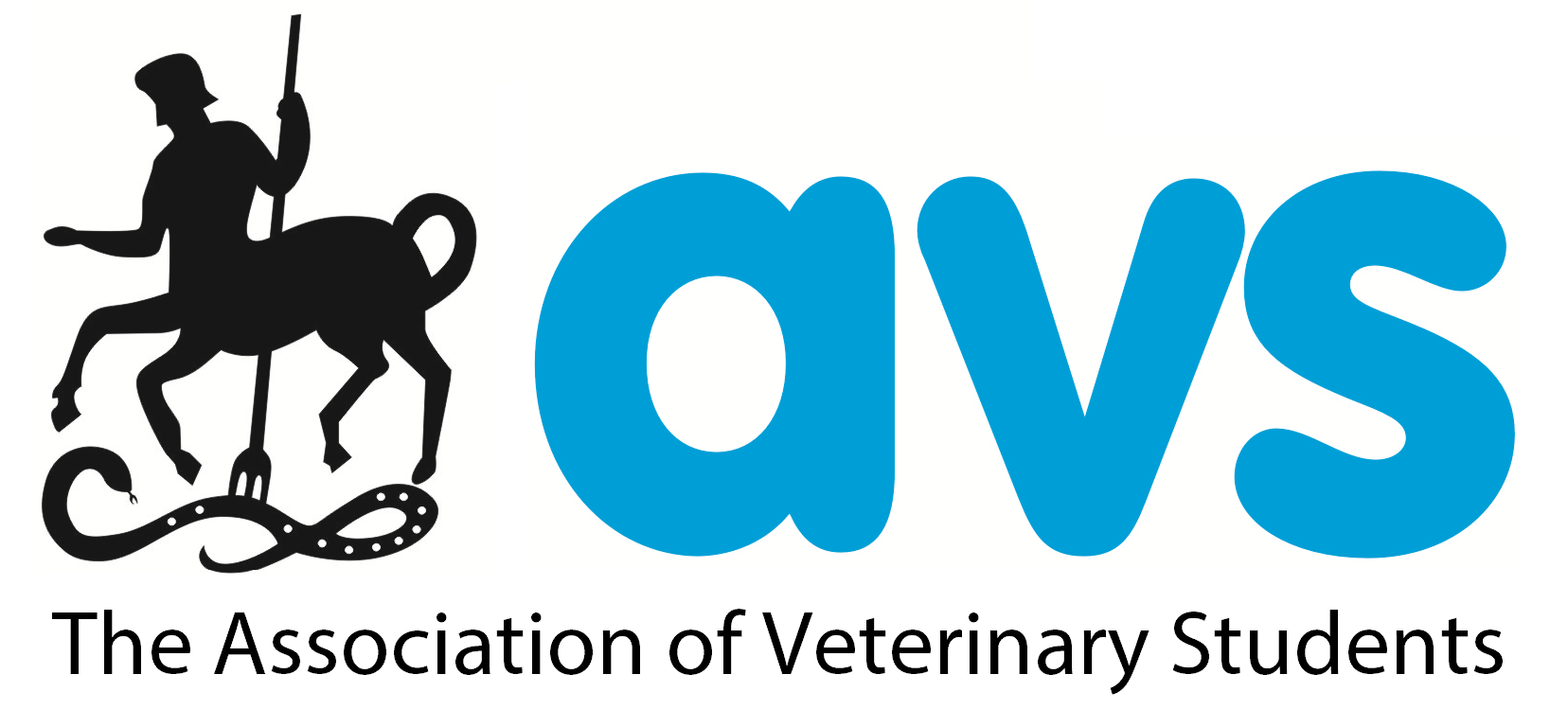Horse Breeding - When is Enough Enough?
Horse Breeding - When is Enough Enough?
By Emily Mound, Surrey
As veterinary students we are all aware of the issues surrounding selective breeding - a few years ago the focus was on hip dysplasia, now the health problems associated with brachycephalic dogs is the forefront. However, before Christmas a horse made the news, and not for the right reasons. An Arab colt was for sale; he had been bred to exaggerate the breed ideals of an Arabian horse. The end result was a dished face, large eyes, huge nostrils and a media frenzy.
Picture courtesy of the Telegraph (accessed 4th January 2018)
My first concern is how this affects the welfare and health of the animal. From my knowledge as a second year student, I am aware that horses are obligate nasal breathers. Due to the extreme shape of his skull, it is highly likely that the nasal cavities and passageways of the horse are severely restricted and will cause him difficulty breathing. The horse will be unable to exercise properly and may experience respiratory issues, leading to a reduced quality of life. The five needs described in The Animal Welfare Act 2006, law in the UK but not the USA, state that animals should be protected against pain and suffering. Knowingly and selectively breeding animals that have compromised respiratory systems goes completely against this.
Another need is the ability for animals to express natural behaviours. Horses are evolved from prey animals and exhibit fight or flight responses. How will this horse exhibit a flight response if he can’t gallop due to breathing issues? And what other stress will he suffer if he is unable to exhibit this response?
More Cartoon than Reality?
Image from Pinterest (Accessed 4th Jan 2018)
My second concern is a moral one. Disregarding health implications and selectively breeding these animals purely for cosmetic purposes is morally wrong. These are animals rather than objects; they feel pain and express behaviour.
They deserve the right to a natural and pain free existence.This animal is now worth an extraordinary amount of money because he fits the “ideal” for his breed, as set by the breed society. This standard is impractical and needs to change for as long as it exists breeders will strive to achieve it; regardless of health or welfare implications. More must also be done to educate breeders and owners about the respiratory issues behind the “dished face”. I believe that if a person truly loves horses (and I hope that all breeders and owners do) and this person understood what they were doing to their horses by selectively breeding for this characteristic; they would stop.
For more information please see the links below:
- The Guardian
- Horse and Hound
- The Telegraph


